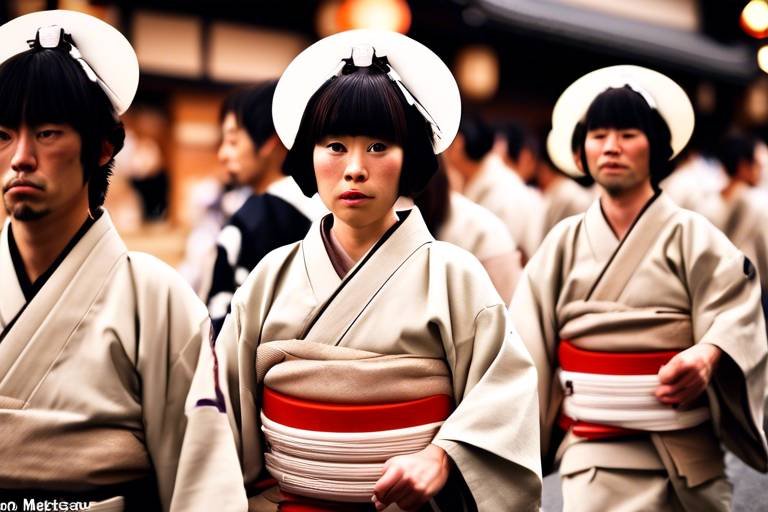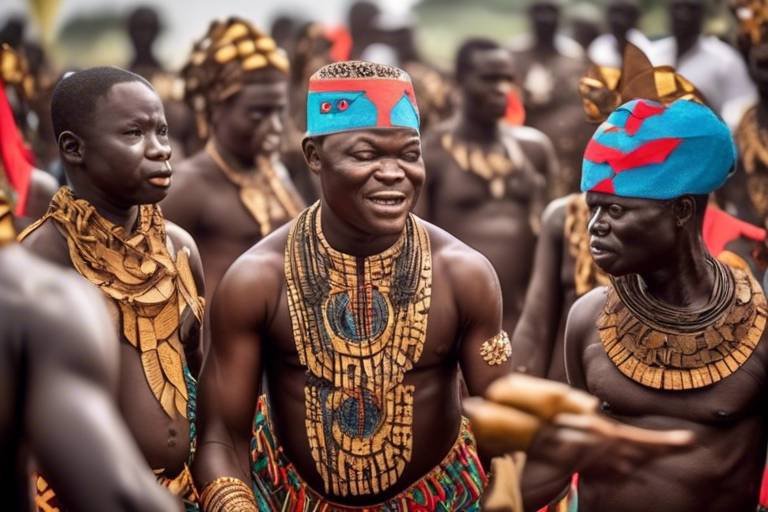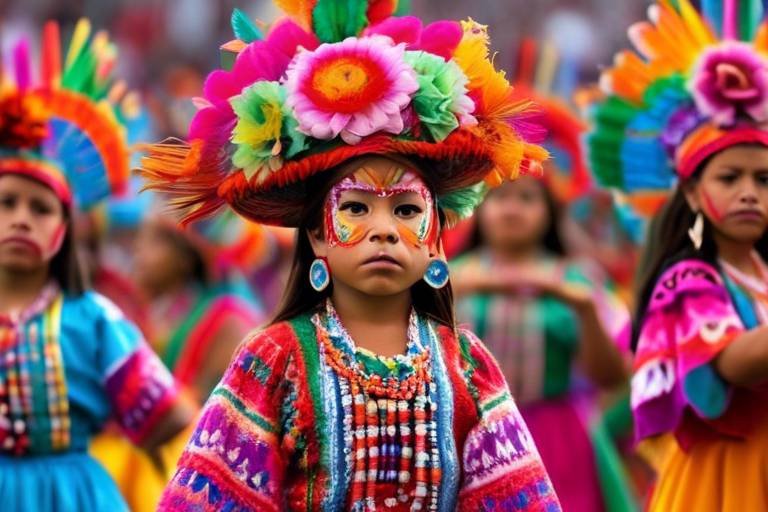How to Celebrate India's Harvest Festivals Across Different Regions
India's rich cultural tapestry is woven with vibrant harvest festivals celebrated across diverse regions, each with its own unique customs and traditions. These joyous occasions not only mark the abundance of the harvest but also serve as a time for communities to come together in gratitude and celebration.
In North India, the festival of Lohri sets the stage for a lively celebration as bonfires crackle, traditional dances fill the air, and feasts abound. This festival, marking the end of winter and the beginning of longer days, is a time of warmth and togetherness.
Traveling to South India, the four-day festival of Pongal paints a picture of sweet rice dishes simmering, intricate kolam designs adorning doorsteps, and heartfelt prayers offered to the Sun God for prosperity and blessings. The air is filled with the aroma of festive cooking and the sounds of joyous festivities.
Heading towards East India, Bihar and Jharkhand embrace the harvest festival of Chhath Puja with deep reverence. Fasting with devotion, offering prayers to the setting sun, and immersing in the sacred waters of rivers symbolize a spiritual connection to nature and a seeking of divine blessings.
Turning to the west, Maharashtra lights up with the colorful festivities of Makar Sankranti. Kites soar high in the sky, sweet delicacies made of jaggery and sesame seeds tempt the taste buds, and homes are adorned with vibrant rangoli patterns, creating a festive ambiance that resonates with joy and cheer.
In Central India, Madhya Pradesh's Bhagoria Haat festival brings communities together in a whirlwind of tribal fairs, matchmaking events, and traditional dances. As the spring season approaches, the air is filled with the sounds of celebration and the spirit of new beginnings.
Exploring the Northeast, Assam's Bihu festival encapsulates the essence of the agricultural cycle with traditional folk songs, energetic dance performances, and the sweet exchange of gifts among neighbors and friends. The air is filled with the spirit of camaraderie and cultural vibrancy.
Traversing the Western Ghats, the Coorg region in Karnataka celebrates the harvest festival of Puthari with a tapestry of cultural performances, the aroma of traditional Kodava cuisine, and rituals that pay homage to the land's fertility and abundance. The festivities echo with the richness of tradition and community spirit.
Finally, in the Himalayan region, Uttarakhand's Harela and Himachal Pradesh's Kullu Dussehra festivals paint a picturesque scene against the backdrop of majestic mountains. Processions wind through the valleys, cultural programs showcase local talent, and offerings are made to the deities, creating a harmonious blend of spirituality and festivity.
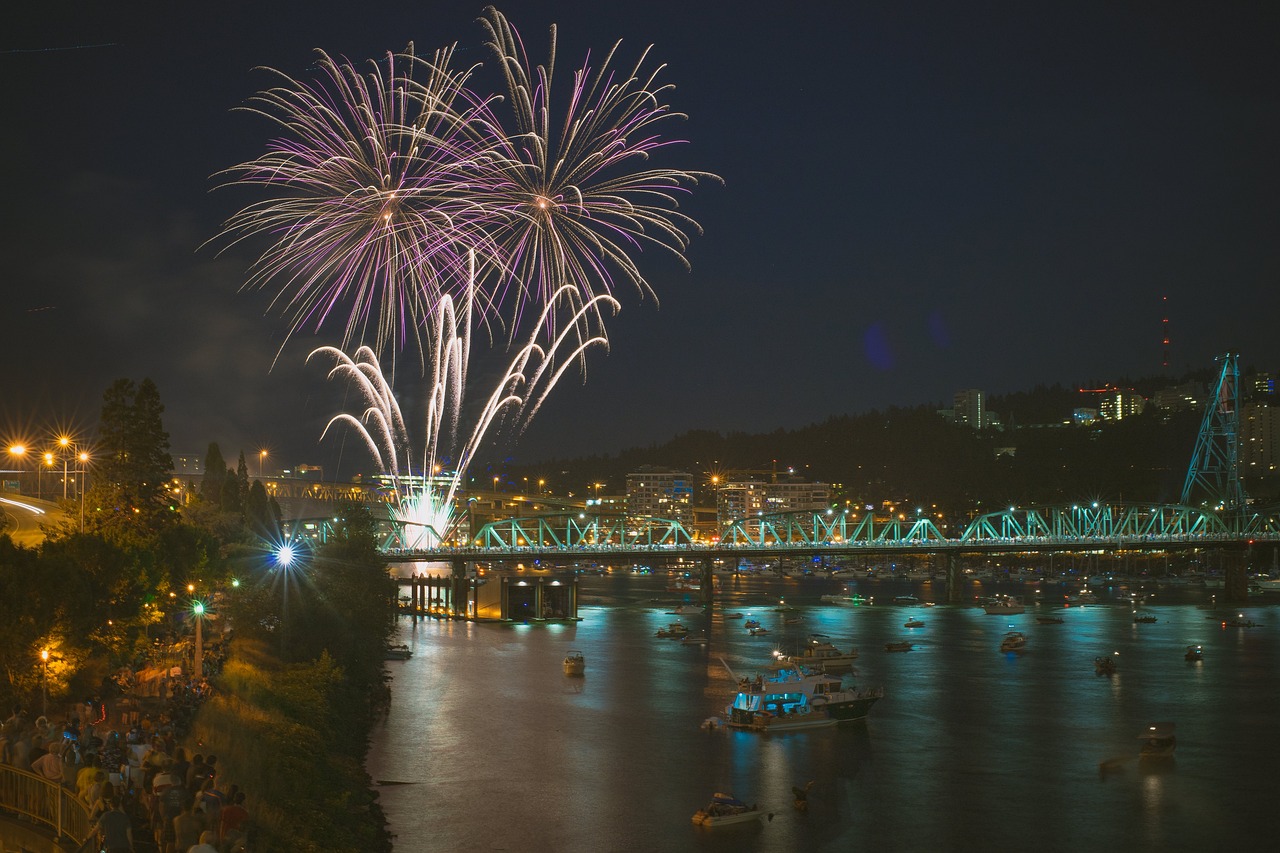
North India
India is known for its vibrant harvest festivals celebrated with unique customs and traditions across various regions. Explore the diverse ways in which communities mark these joyous occasions and express gratitude for the bountiful harvests.
In North India, the festival of Lohri is celebrated with great enthusiasm. As the winter season bids farewell and longer days approach, bonfires are lit to signify the warmth and light that come with the changing season. People gather around these bonfires, singing traditional songs and performing lively dances that echo the spirit of celebration. The aroma of delicious food fills the air as families and friends come together to feast on festive delicacies. It is a time of joy, togetherness, and the beginning of new beginnings.
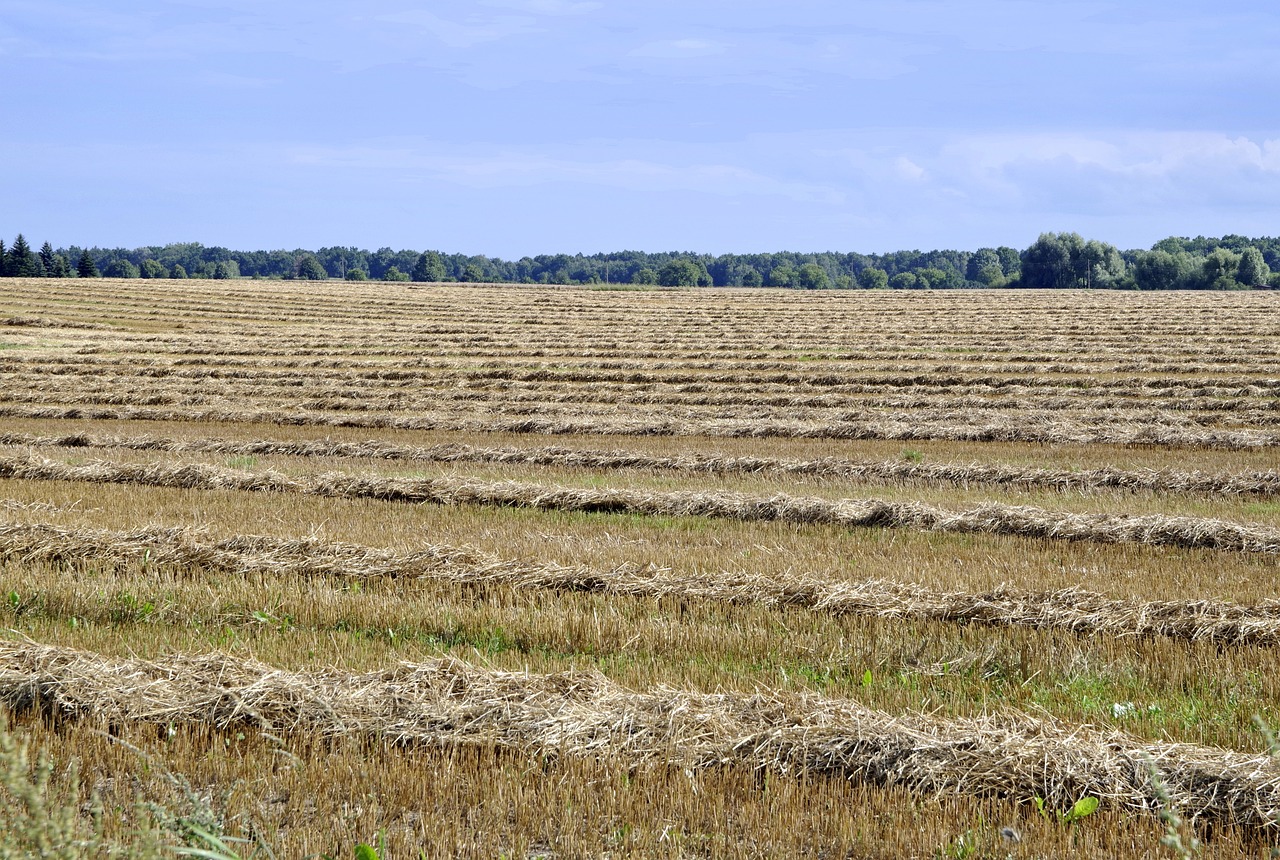
South India
Pongal, a vibrant four-day harvest festival celebrated in South India, holds significant cultural and spiritual importance. This auspicious occasion marks the transition of the sun into the Capricorn zodiac sign, signifying the end of the winter solstice and the beginning of longer days filled with warmth and prosperity.
One of the central rituals of Pongal is the preparation of delicious sweet rice dishes, known as 'Pongal,' cooked in earthen pots to symbolize abundance and fertility. The aroma of jaggery, ghee, and cardamom fills the air as families gather to offer the first harvest to the Sun God, Surya, expressing gratitude for the bountiful crops and seeking blessings for a prosperous year ahead.
Decorative kolam designs adorning the thresholds of homes add a touch of artistic beauty to the festive celebrations. These intricate patterns, created using rice flour, represent auspiciousness and are believed to invite prosperity and happiness into the household.
Prayers are offered to the Sun God during the festival, acknowledging the vital role of sunlight in nurturing the crops and sustaining life on earth. The warmth and light of the sun are revered as essential elements for agricultural success and overall well-being.
Community gatherings and cultural performances bring people together during Pongal, fostering a sense of unity and camaraderie. Traditional music, dance, and folk art performances showcase the rich heritage of South India, creating a festive atmosphere filled with joy and merriment.
The exchange of sweets and gifts among friends, family, and neighbors symbolizes goodwill and strengthens social bonds. Sharing the bounty of the harvest with loved ones reflects the spirit of generosity and abundance that defines the essence of Pongal.
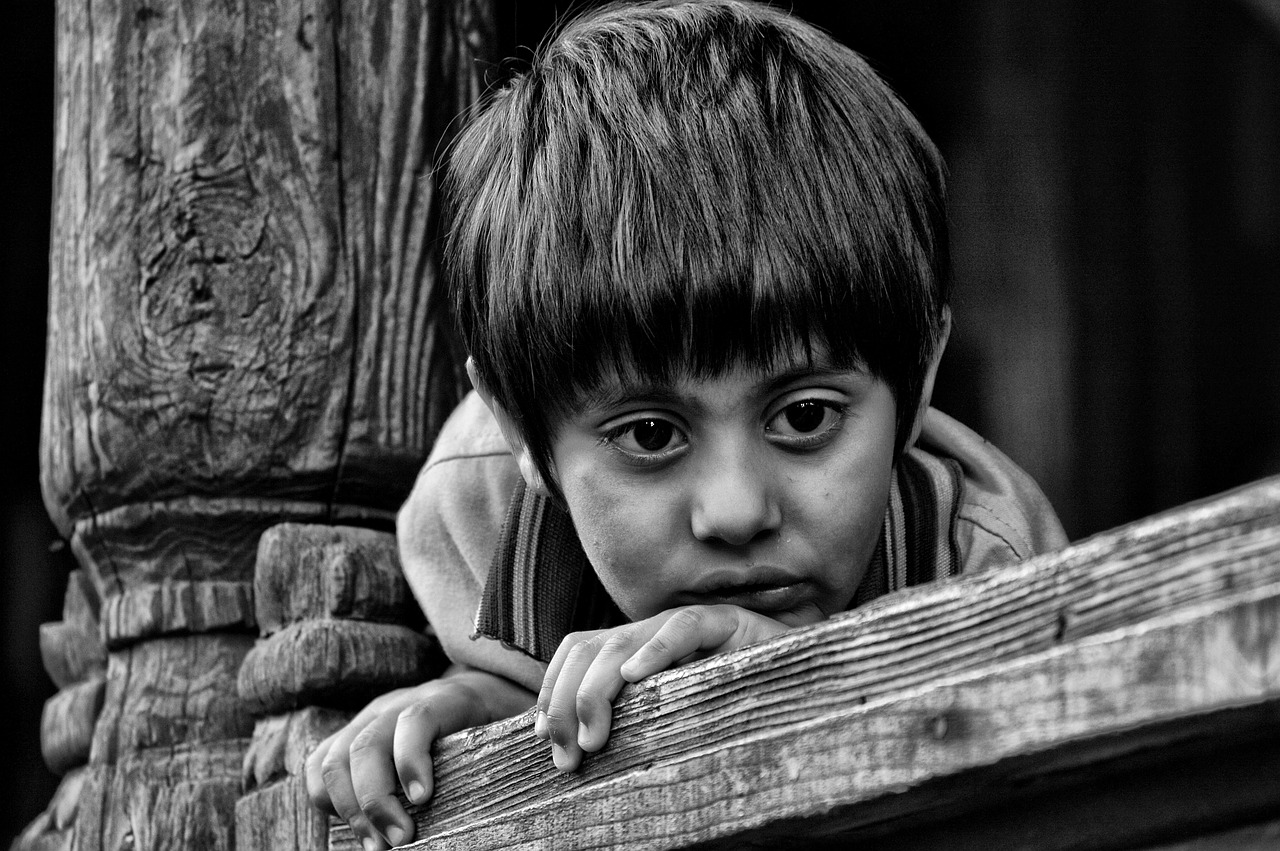
East India
When it comes to East India, the region boasts a rich tapestry of harvest festivals that reflect the cultural diversity and spiritual fervor of the local communities. Bihar and Jharkhand, in particular, celebrate the auspicious occasion of Chhath Puja with great enthusiasm and devotion. This four-day festival is a time of deep reverence for the Sun God, with devotees observing rigorous fasting and offering prayers at the break of dawn and dusk.
One of the most striking aspects of Chhath Puja is the ritual of 'arghya,' where devotees stand waist-deep in water and offer water to the setting sun. This act symbolizes the purification of the soul and the renewal of life energy. The entire atmosphere during Chhath Puja is imbued with a sense of spiritual awakening and communal harmony, as families come together to partake in the rituals and seek blessings for prosperity and well-being.
Furthermore, the tradition of taking dips in rivers during Chhath Puja holds deep symbolic significance, representing the cleansing of sins and the purification of the mind, body, and soul. The festive spirit is palpable in the air, with vibrant processions, melodious folk songs, and colorful decorations adorning the streets and homes of Bihar and Jharkhand.
Chhath Puja is not just a festival; it is a cultural extravaganza that showcases the deep-rooted traditions and values of the people in East India. The sense of community, devotion, and gratitude that permeates this harvest festival is truly a sight to behold, making it a unique and unforgettable experience for both locals and visitors alike.
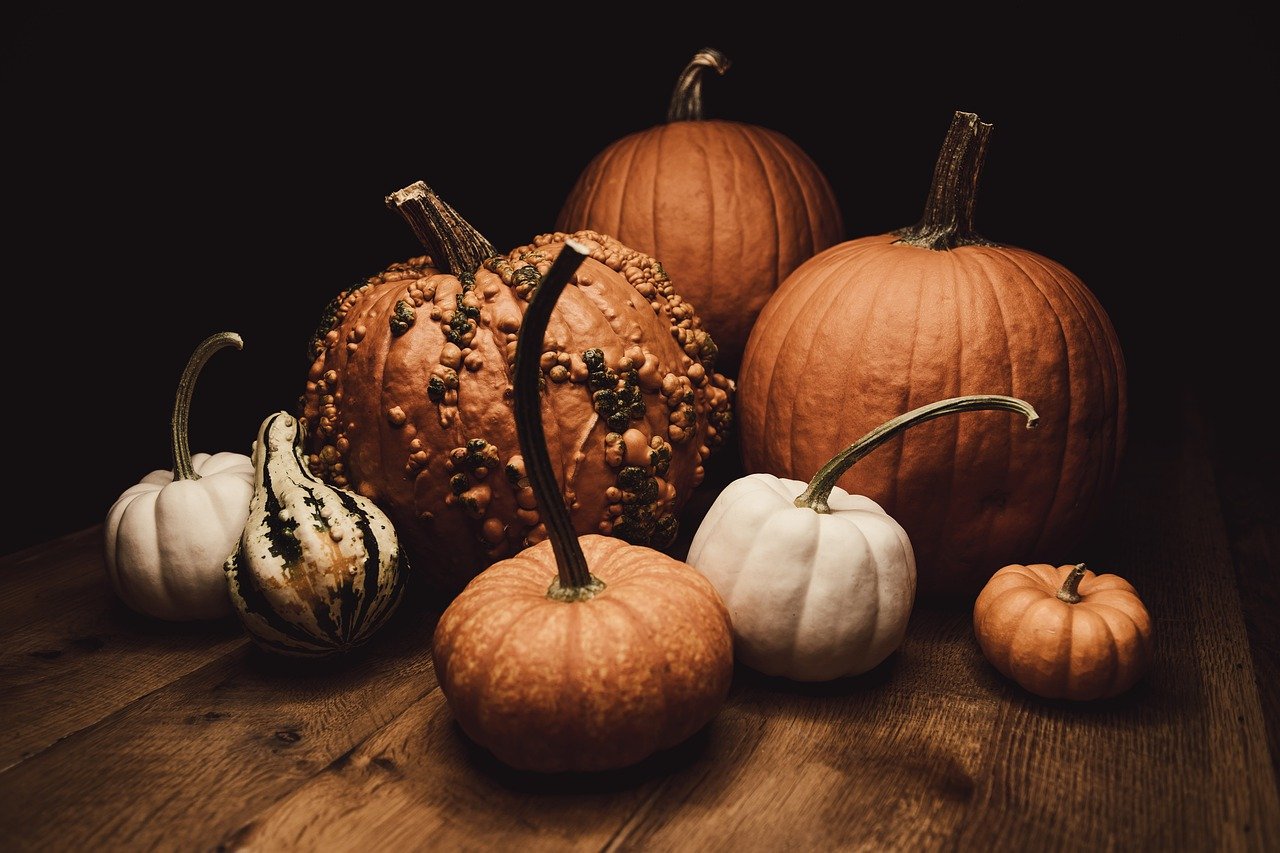
West India
In West India, the vibrant festival of Makar Sankranti brings communities together in a whirlwind of colors and festivities. This harvest festival, also known as Uttarayan, signifies the transition of the sun into the Makara (Capricorn) zodiac sign, marking the end of winter and the beginning of longer days. The highlight of Makar Sankranti celebrations in Maharashtra is the age-old tradition of kite flying, where the sky transforms into a canvas of fluttering colors as families and friends engage in friendly kite battles.
One of the essential elements of Makar Sankranti is the exchange of tilgul, a special sweet made from sesame seeds and jaggery, symbolizing the sweetness and warmth of relationships. Families come together to prepare delicious delicacies like tilgul ladoos, puran poli, and chikki, sharing these treats with loved ones and neighbors as a gesture of goodwill and camaraderie.
Another integral part of the festivities is the creation of intricate rangoli designs outside homes, using vibrant colors and patterns to welcome prosperity and good luck into the household. These decorative artworks not only add a touch of beauty to the surroundings but also hold symbolic significance in warding off evil spirits and inviting positive energy into the home.
As the sun rises on Makar Sankranti, the air resonates with joyous laughter, cheerful greetings, and the aroma of freshly prepared delicacies wafting through the streets. It is a time of renewal and rejuvenation, where communities come together to celebrate the abundance of the harvest season and express gratitude for nature's blessings in a spirit of unity and togetherness.
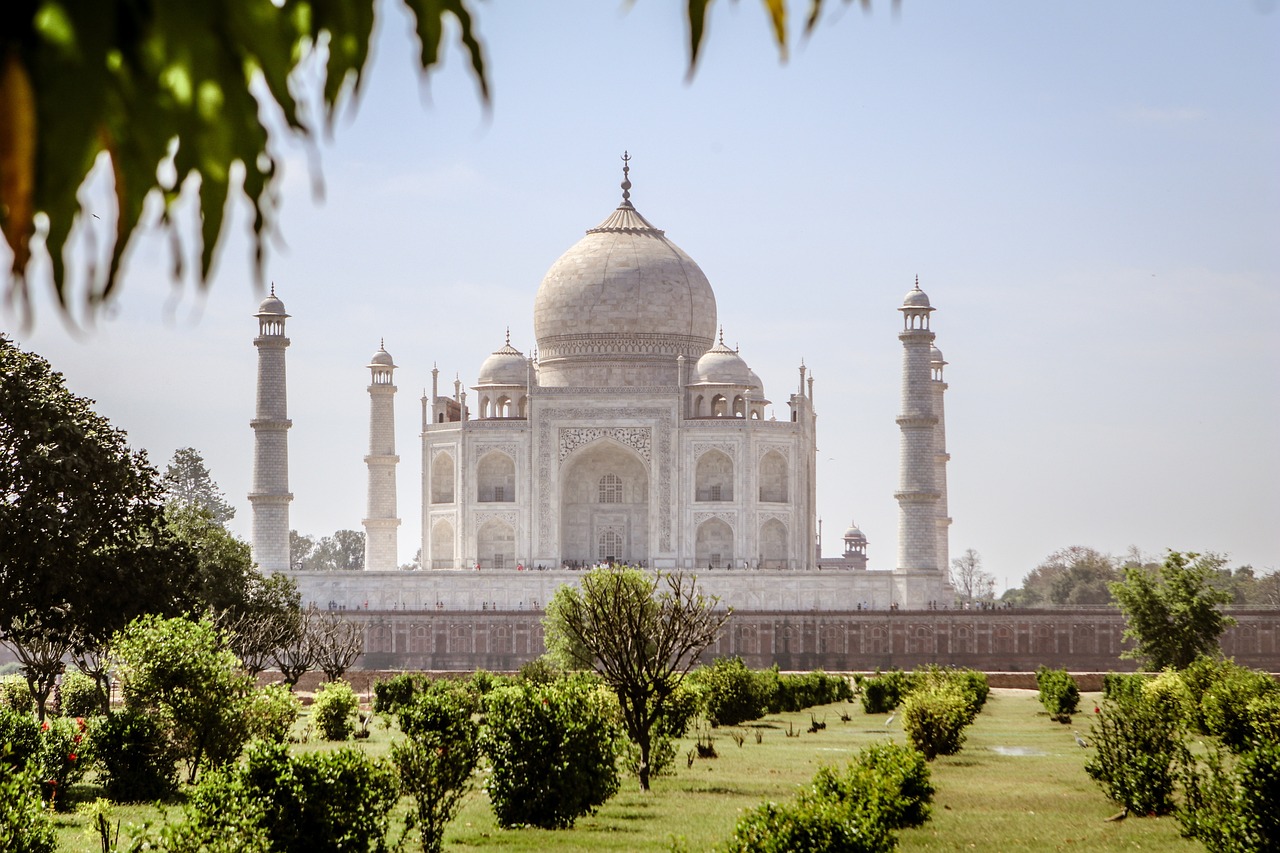
Central India
In Central India, specifically in Madhya Pradesh, the vibrant harvest festival of Bhagoria Haat is a sight to behold. This unique celebration brings together various tribal communities in colorful attire, creating a festive atmosphere that resonates with joy and unity. The festival is not just about harvest rituals but also serves as a platform for social interactions and cultural exchanges.
During Bhagoria Haat, tribal fairs are set up where local artisans showcase their traditional crafts, from intricate jewelry to handwoven textiles, adding a touch of authenticity to the festivities. Matchmaking events are a significant aspect of the festival, where young men and women get the opportunity to meet and interact under the watchful eyes of their elders, reminiscent of a bygone era.
The rhythmic beats of tribal drums reverberate through the air as traditional dances take center stage, depicting stories of valor, love, and community spirit. These performances not only entertain the spectators but also serve as a means of preserving age-old cultural practices and passing them down to future generations.
As the winter fades away, Bhagoria Haat heralds the arrival of spring, symbolizing new beginnings and the promise of prosperity. The festive mood is further enhanced by the aroma of traditional delicacies being prepared, showcasing the rich culinary heritage of the region. From steaming hot snacks to delectable sweets, the food at Bhagoria Haat is a true reflection of Central India's diverse flavors.
Amidst the laughter and merrymaking, the essence of Bhagoria Haat lies in its ability to bring people together, transcending barriers of caste, creed, and background. It is a time when the community unites to celebrate the blessings of the harvest season, sharing in the abundance of nature and expressing gratitude for the sustenance it provides.

Northeast India
In Assam, the festival of Bihu is a significant harvest festival that marks the agricultural cycle with vibrant celebrations. The festival is a lively affair filled with traditional folk songs, energetic dance performances, and colorful cultural displays. During Bihu, communities come together to rejoice in the abundance of the harvest and express gratitude for nature's blessings.
One of the key highlights of Bihu is the exchange of sweets and gifts among community members. This gesture symbolizes unity and camaraderie among people, fostering a sense of togetherness and solidarity. Additionally, traditional rituals are performed to seek blessings for a prosperous agricultural season ahead.
Throughout the festival, the air is filled with the melodious tunes of Bihu songs, which narrate tales of love, nature, and rural life. These songs are accompanied by rhythmic dance performances that showcase the rich cultural heritage of Assam. The vibrant costumes and intricate dance movements captivate spectators and create a festive atmosphere.
Furthermore, Bihu serves as a platform for showcasing Assamese craftsmanship and artistry. Intricate handloom textiles, traditional jewelry, and indigenous crafts are displayed during the festival, highlighting the skilled craftsmanship of the local artisans. Visitors have the opportunity to appreciate and purchase these unique creations, supporting the local economy and preserving traditional art forms.
As part of the Bihu celebrations, traditional Assamese cuisine takes center stage with an array of delectable dishes prepared using fresh harvest produce. From mouth-watering sweets like pitha and larus to savory delicacies such as masor tenga and khar, the culinary delights of Bihu reflect the region's rich culinary heritage and agricultural abundance.
Overall, Bihu in Assam is a time of joy, unity, and cultural revelry, where communities come together to celebrate the spirit of harvest and renewal. The festival encapsulates the essence of Northeast India's vibrant traditions and serves as a testament to the region's rich cultural tapestry.
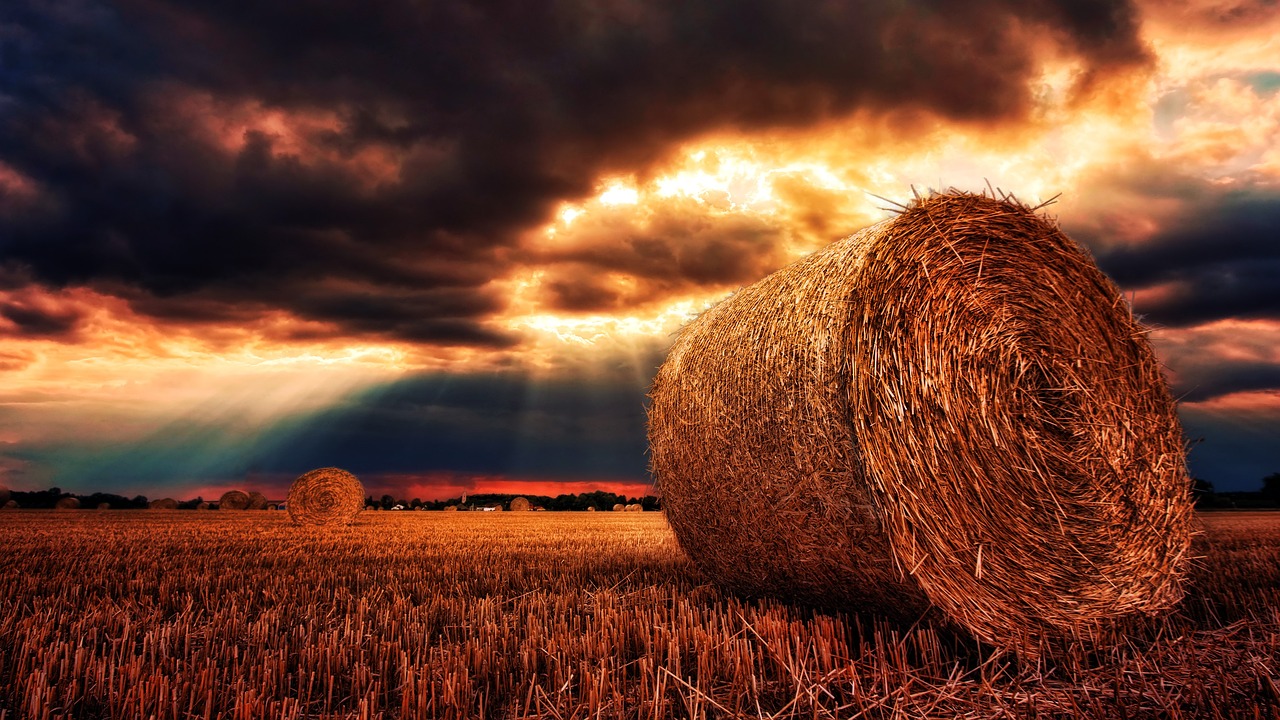
Western Ghats
The Western Ghats region, nestled in the lush landscapes of Karnataka, celebrates the harvest festival of Puthari with great fervor and cultural richness. This vibrant festival is a time of joy and gratitude, where the community comes together to honor the land's fertility and abundance through various rituals and traditions.
One of the highlights of the Puthari festival is the colorful cultural performances that showcase the rich heritage of the region. Traditional dances, music, and theatrical displays bring a sense of unity and celebration to the festivities, creating an atmosphere filled with energy and enthusiasm.
The traditional Kodava cuisine takes center stage during Puthari, offering a delightful culinary experience that tantalizes the taste buds. From aromatic rice dishes to flavorful curries and sweet delicacies, the traditional food reflects the essence of the harvest season and the region's culinary traditions.
Rituals honoring the land's fertility play a significant role during the Puthari festival. The community gathers to offer prayers and thanks to the earth for the bountiful harvest, seeking blessings for prosperity and abundance in the coming year. These rituals symbolize the deep connection between the people and the land they depend on for sustenance.

Himalayan Region
In the majestic Himalayan region, Uttarakhand's Harela and Himachal Pradesh's Kullu Dussehra stand out as vibrant harvest festivals that encapsulate the essence of gratitude and cultural richness. Harela, celebrated in Uttarakhand, signifies the sowing of the first seeds in the fields, symbolizing new beginnings and agricultural prosperity. The festival involves elaborate processions where people carry green barley shoots, singing traditional songs and offering prayers for a fruitful harvest. On the other hand, Kullu Dussehra in Himachal Pradesh is a week-long extravaganza that combines religious rituals with cultural performances against the backdrop of the snow-clad Himalayas. Locals participate in colorful processions, showcasing the rich heritage of the region through dance, music, and theatrical representations. Both festivals are a visual treat, blending spirituality with community celebrations in the lap of the Himalayas.
Frequently Asked Questions
- What is the significance of harvest festivals in India?
Harvest festivals in India hold immense cultural and agricultural importance. They symbolize gratitude towards nature, celebrate the bountiful harvests, and mark the changing seasons. These festivals bring communities together, fostering a sense of unity and joy.
- How do different regions in India celebrate harvest festivals?
Each region in India celebrates harvest festivals uniquely, reflecting the diverse cultural heritage of the country. From bonfires and traditional dances in North India to elaborate rituals and prayers in South India, the celebrations vary in customs and traditions, showcasing the rich tapestry of Indian culture.
- What are some common elements of harvest festivals across India?
While the customs and rituals may differ, some common elements of harvest festivals across India include feasting on traditional dishes made from freshly harvested crops, offering prayers for prosperity and abundance, decorating homes with colorful rangolis, and engaging in cultural performances and dances to express joy and gratitude.
- Why are harvest festivals important in Indian agriculture?
Harvest festivals play a crucial role in Indian agriculture as they not only celebrate the successful harvest but also serve as a time to express thankfulness to the deities for their blessings on the crops. These festivals also mark the beginning of new agricultural cycles and encourage sustainable farming practices.
- How can one participate in India's harvest festivals as a visitor?
Visitors can immerse themselves in the vibrant celebrations of India's harvest festivals by joining in the traditional rituals, tasting local delicacies, witnessing cultural performances, and interacting with locals to understand the significance of these festivals in different regions. It is a wonderful opportunity to experience the rich cultural heritage of India firsthand.





